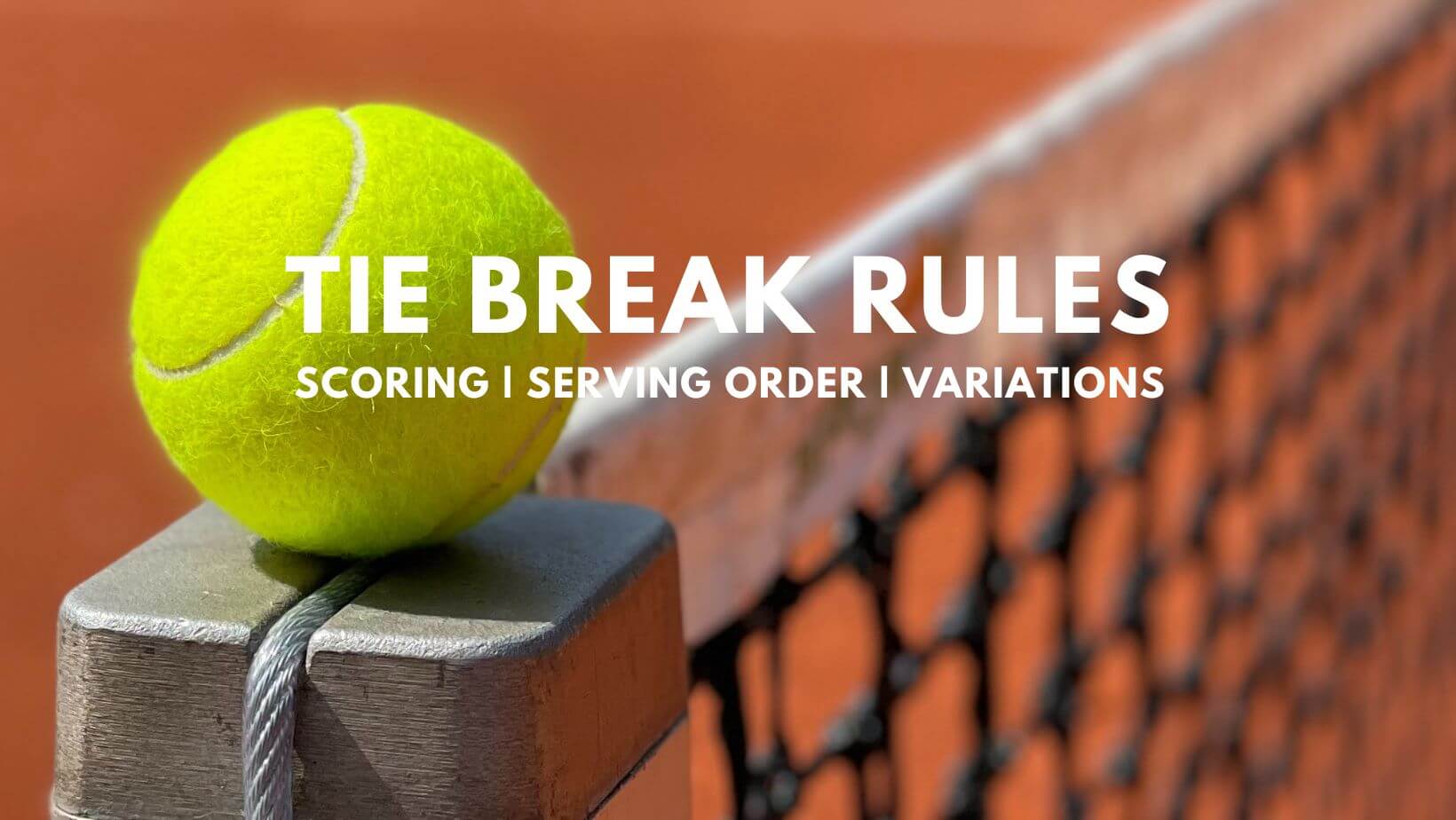Tennis Tiebreak Scoring System: Tennis Tiebreak Rules

Tennis tiebreak rules – In tennis, a tiebreak is a scoring system used to determine the winner of a set that is tied at 6-6. The tiebreak is played as a separate game, with the first player or team to reach 7 points winning the tiebreak and the set.
In the intense heat of a Wimbledon final, the tiebreak rules take on a new significance. The relentless rallies and powerful serves push players to their limits, and the tiebreak becomes a crucial battleground. As the tension mounts and the crowd roars, each point becomes a microcosm of the entire match, with the slightest of margins separating victory from defeat.
The tiebreak’s unique format, with its alternating serves and sudden death points, adds an extra layer of drama to the men’s Wimbledon final , making it one of the most captivating spectacles in all of tennis.
The tiebreak is played with a different scoring system than the rest of the set. Instead of the traditional 15, 30, 40, game scoring system, the tiebreak uses a point-by-point scoring system. The first point is worth 1 point, the second point is worth 2 points, and so on. The first player or team to reach 7 points wins the tiebreak.
Reaching 7 Points First
Reaching 7 points first is significant because it means that the player or team has won the tiebreak and the set. The first player or team to reach 7 points wins the tiebreak by a score of 7-6, and they also win the set by a score of 7-6.
Tiebreak Strategies and Tactics

Tiebreaks are crucial moments in tennis matches, often deciding the outcome of a set. Players employ specific strategies and tactics to gain an advantage during these intense rallies. Understanding these strategies is essential for players to maximize their chances of success in tiebreaks.
One common strategy is to adopt an aggressive approach. Players who serve aggressively, hitting powerful serves and taking risks on their returns, can put their opponents under pressure and force them to make errors. However, it’s important to balance aggression with consistency, as excessive risk-taking can lead to unforced errors.
Serve-and-Volley Tactics
Serve-and-volley tactics can be particularly effective in tiebreaks. By rushing to the net after serving, players can shorten the court and limit their opponent’s angles. This tactic can be highly effective when executed well, but it requires excellent volleying skills and quick reflexes.
Historical Evolution of Tennis Tiebreak Rules

Tennis tiebreaks have undergone a significant evolution since their inception. The need for a tiebreak system arose due to the increasing prevalence of lengthy and drawn-out matches, particularly in Grand Slams. Before tiebreaks, matches could stretch on indefinitely, with no clear resolution in sight.
Adoption of the Tiebreak Format
The first tiebreak format was introduced at the Wimbledon Championships in 1971. This format required players to reach a score of 8-6 or higher before a tiebreak could be played. The tiebreak itself was played using a best-of-12-points format, with the first player to reach seven points winning the tiebreak.
Modifications to the Tiebreak Format, Tennis tiebreak rules
In 1975, the tiebreak format was modified to require players to reach a score of 6-6 before a tiebreak could be played. This change was made to reduce the frequency of tiebreaks and to ensure that matches would still have a significant number of regular games.
Introduction of the 10-Point Tiebreak
In 2006, the 10-point tiebreak format was introduced at the Australian Open. This format requires players to reach a score of 9-9 before a tiebreak can be played. The tiebreak itself is played using a best-of-10-points format, with the first player to reach six points winning the tiebreak.
Impact of Tiebreaks on the Game
The introduction of tiebreaks has had a significant impact on the game of tennis. Tiebreaks have reduced the frequency of lengthy matches and have ensured that matches have a clear resolution. They have also added an element of excitement and unpredictability to the game, as matches can now be won or lost on a single tiebreak.
In tennis, a tiebreak is a method of deciding a set that has reached a 6-6 tie. The player who wins the tiebreak wins the set. Tiebreaks are played using a different set of rules than the rest of the match.
For example, in a tiebreak, players must win by two points instead of one. For more information on tennis tiebreak rules, please visit tennis tiebreak rules.